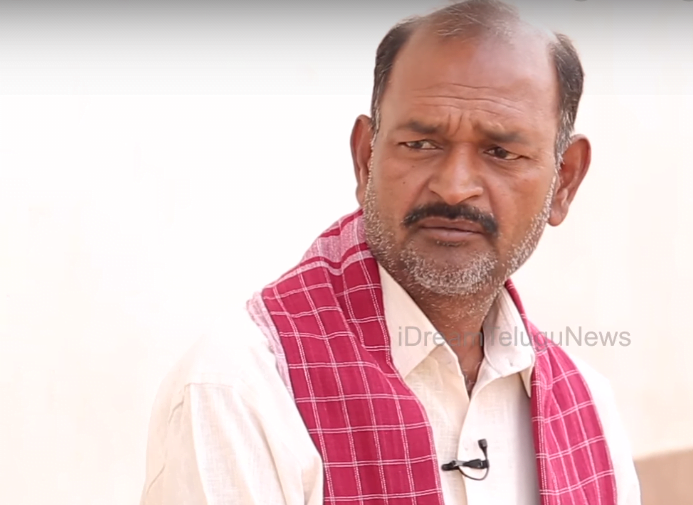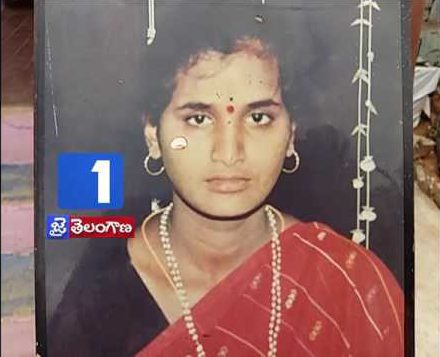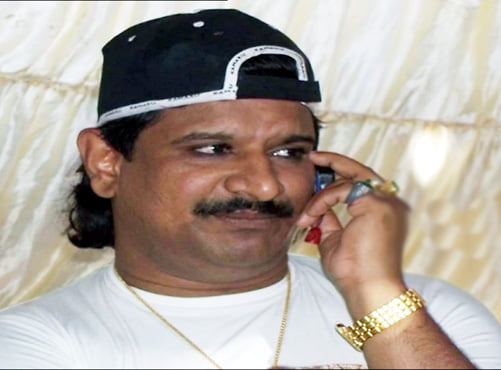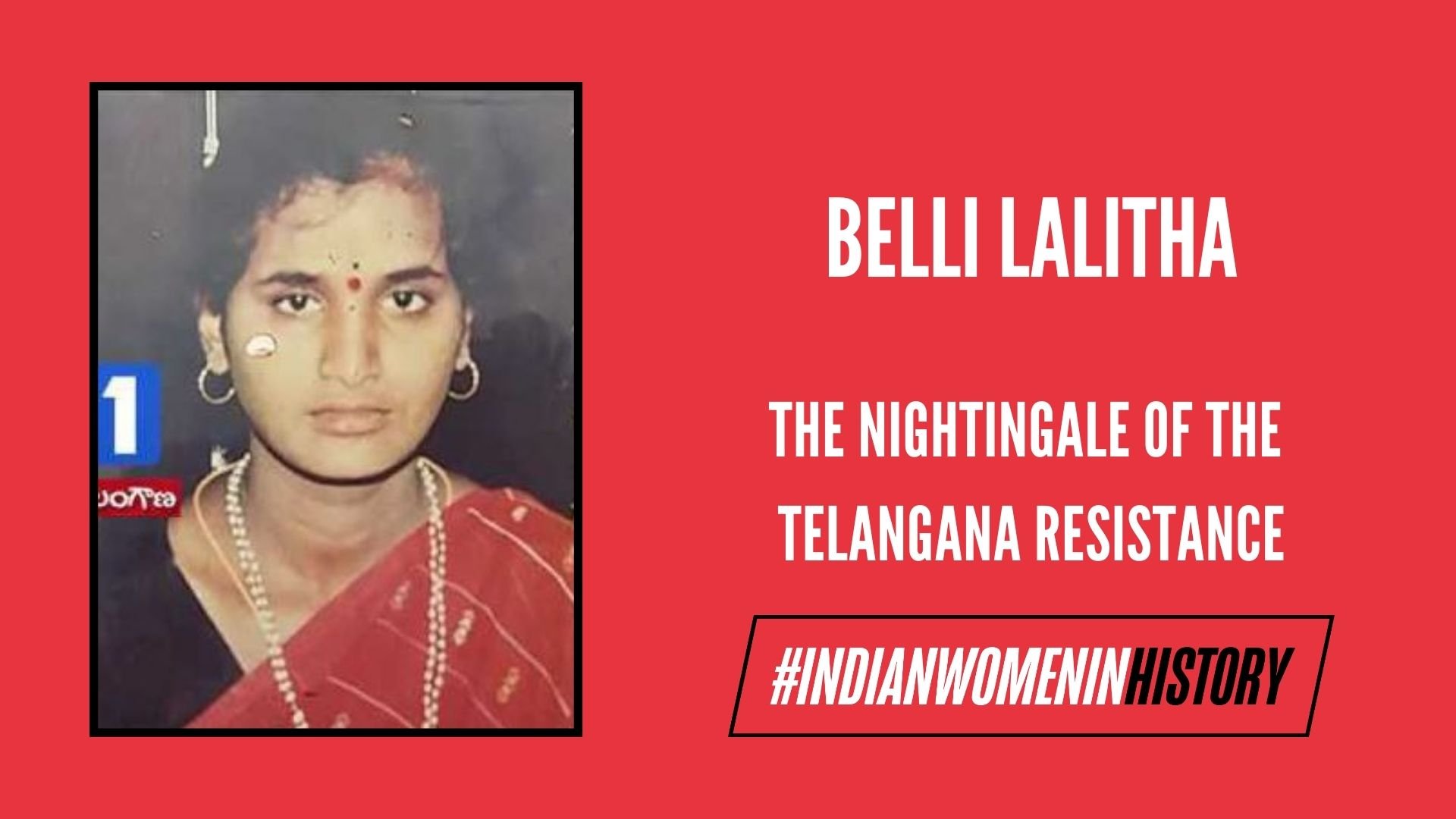Trigger warning: graphic reference to physical violence.
Belli Lalitha was the voice and representative of the last stage of the Telangana struggle, which was primarily a working-class struggle against capitalist exploitation. This stage was unlike the first phase of armed rebellion – the peasant’s rebellion against feudalism and Dorala Rajyam (the dynasty of lords).
Belli Lalitha was a popular singer who was loved by the masses. She was the voice of resistance, the leader of the Dol Debba and the convener of the Telangana Kala Samithi. She was also fondly known as ‘Lalithakka’ and had organised various movements against sex trafficking, alcoholism, gutka consumption and led anti-caste struggles.
Further, she was also believed to be a sympathiser of the Communist Party of India (Marxist and Leninist), the Peoples War squad which has now merged into what we now know as CPI (Maoist), since 2004. Following an elaborate conspiracy, she was murdered in the most horrifying manner where her body was hacked to pieces on May 26, 1999.
Early life
Belli Lalitha was born in Nancharpet, Atmakur Mandal in the Nalgonda district of the Telangana region in 1971. She had a total five siblings and was the fourth among the five daughters of the Ramayya family.
Her family had to migrate to her mother’s native place in Bhongir due to the prevalence of extreme poverty. She was a Bahujan, born in a Golla-Kuruma (shepherds by community-based occupation) community. Belli Lalitha’s brother Belli Krishna is also an activist and had to go underground for seventeen years after his sister’s murder by the ‘Black Gang’.

Her father was an Oggu Katha (folklore music with its origins in the Yadav and Kuruma communities) singer and labourer. She could not pursue an education in her early childhood and was married off when she was very young. She had two children.
Work and activism
Belli Lalitha had worked as a labourer in the Surya Vanshi Cotton Mill of Bhongir. During her term working as a labourer in the cotton mill, she organised her fellow companions and workers in the mill.
She joined in the Centre of Indian Trade Unions (CITU) and was part of various worker struggles. She had to leave CITU in order to be a part of the Telangana movement. She became a member of the Telangana Sahitya Vedika.

She organised the Dagapadda Telangana Sabha (meaning ‘the subjugated Telangana’) on the 8th of March, 1997. The people’s assembly titled Telangana Maha Sabha at Suryapeta in the Nalgonda district, organised by Maroju Veranna, brought Belli Lalitha into the limelight with the Telangana community.
The same meeting inspired laying the foundation of the famous movement in Warangal on 28th of December 1997 titled Warangal Declaration. The same movement had given rise to the Telangana Chaitanya Vedika in February, Telangana Jana Sabha and Telangana Kala Samithi in July 1998. The Telangana Student Front was also formed that same year.
Belli Lalitha acted as the convener for the Telangana Kala Samithi which was the cultural wing of the Telangana Jana Sabha. She became the voice of Telangana during a time when there was an undeclared emergency on demanding the statehood and identity of Telangana. She was the ‘Nightingale of Telangana’ who had always envisioned the upliftment and power of the deprived sections within the state of Telangana.
The mystery behind Belli Lalitha’s murder
Belli Lalitha was murdered on May 26, 1999, by a former squad member of Peoples War (Naxalites) and the infamous, notorious gangster Nayeemuddin’s brother Alimuddin. Nayeemuddin himself was complicit in her murder. Her body was chopped into 17 pieces and thrown into the various wells of Bhongir’s outskirts as a warning to her sympathisers. Her head was found 13 days after the murder was committed.

The murder was planned and implemented by the brothers, with full state backing to crush the revolutionary movements, as claimed by the Andhra Pradesh Civil Liberties Committee (APCLC). Various progressive organisations of Telangana observed this murder as the one of the most brutal modus operandi resorted to by Chandrababu Naidu and former state home minister Madhava Reddy of Andhra Pradesh.
Madhava Reddy was also a member of the Legislative Assembly from the Bhongir constituency. He was accused of suppressing the voices of the oppressed masses in Telangana. Chandrababu Naidu, who is also the current chief minister of divided Andhra Pradesh, was a responsible party in the implementation of the neoliberal regime in Andhra Pradesh.
The ruling Telugu Desam Party with the support of the police tried to propagate lies to cover up the death of Belli Lalitha. It was claimed by the police that the body parts found in a well nearby Darga in Bhongir were not Belli Lalitha’s.
There was also a forged letter in Belli Lalitha’s name which was sent to media houses. This letter was entirely based on self-character assassination and portrayed the Peoples War leaders in their worst avatars which was then unfolded by the forensic department. The government received criticism from all progressive sections and had to face the wrath of people coming out in large numbers in the streets of Telangana and uniting for the demand of a separate Telangana.
There was a turnout in thousands for the funeral procession of the beloved ‘Nightingale of Telangana’. They came together to pay homage to Belli Lalitha and express their deep anger and hatred against the government. The People’s War guerrillas claimed that they avenged Belli Lalitha’s death by killing Madhava Reddy in a mine blast on the eve of International Women’s Day in 2000.
Belli Lalitha was one of the first representatives of the last stage of the democratically led Telangana movement. Her contributions have not been given due importance in the newly formed Telangana state. It is the responsibility of the government, and they should be repeatedly reminded of such, to recognise the martyrdoms of all those leaders who always dreamed of Telangana.
Also Read: Remembering Chakali Ilamma – A Revolutionary Bahujan Woman | #IndianWomenInHistory
About the author(s)
Manohar Boda is a Research Scholar based at JNU - New Delhi.





Thank you for bringing such an outstanding article.